
pimples: types, cause & treatment
A pimple is a small raised bump on the skin caused by blocked hair follicles or pores that become infected with bacteria. It is a common skin condition that often appears on the face, neck, chest, back, or shoulders. Pimples can range in size, color, and severity, and may cause discomfort or embarrassment for those who experience them. They usually appear during puberty or adolescence but can occur at any age.

There are several types of pimples, including:
- Whiteheads: Small, raised, white or flesh-colored bumps on the skin. They occur when the hair follicle gets clogged with oil and dead skin cells.
- Blackheads: Small, raised, black or dark bumps on the skin. They occur when the hair follicle gets clogged with oil and dead skin cells and the top of the pore is open.
- Papules: Red, raised bumps on the skin that are often tender to the touch. They occur when bacteria get trapped deep inside the hair follicle.
- Pustules: Similar to papules, but they also contain pus. They can be painful and are often red and inflamed.
- Cysts: Large, painful, pus-filled bumps that form under the skin. They occur when the hair follicle becomes deeply infected.
Causes of pimples include:
Pimples are primarily caused by excess oil production, clogged pores, and bacteria on the skin. When excess oil, dead skin cells, and bacteria build up on the skin’s surface or inside pores, it can lead to inflammation and the formation of a pimple. Hormonal changes, stress, and certain medications can also contribute to the development of pimples. Genetics may also play a role in a person’s likelihood of developing pimples.
- Hormonal changes: Hormones can cause an increase in oil production, which can lead to clogged pores and pimples.
- Genetics: Some people are more prone to getting pimples because of their genetics.
- Poor skincare: Not washing your face regularly or using harsh products can irritate the skin and lead to pimples.
- Diet: Eating a diet high in processed foods and sugar can trigger pimples.
Treatment for pimples:
- As an AI language model, I don’t have a physical body to develop pimples, but I’ll provide some basic tips on how to prevent and treat pimples:
- Keep your skin clean: Cleanse your skin regularly with a gentle cleanser to remove dirt, oil, and dead skin cells.
- Avoid touching your face: Our hands carry a lot of bacteria, which can contribute to pimples. Avoid touching your face to minimize the spread of bacteria.
- Use non-comedogenic products: Look for products that are labeled as non-comedogenic, meaning they won’t clog your pores and cause pimples.
- Apply spot treatment: Over-the-counter spot treatments containing benzoyl peroxide or salicylic acid can help dry out pimples and reduce inflammation.
- Don’t pop pimples: It can be tempting to pop pimples, but this can actually make the problem worse by spreading bacteria and causing scarring.
- Consider seeing a dermatologist: If you have severe or persistent acne, a dermatologist can help you find a personalized treatment plan.
- Over-the-counter treatments: Products containing benzoyl peroxide, salicylic acid, or alpha hydroxy acids can help clear up mild to moderate pimples.
- Prescription medications: For more severe pimples, a dermatologist may prescribe oral or topical antibiotics, retinoids, or hormonal treatments.
- Lifestyle changes: Eating a healthy diet, getting enough sleep, and managing stress can help prevent pimples.
- Skincare routine: A gentle skincare routine that includes washing your face twice a day and using non-comedogenic products can help improve the overall health of your skin and prevent pimples.
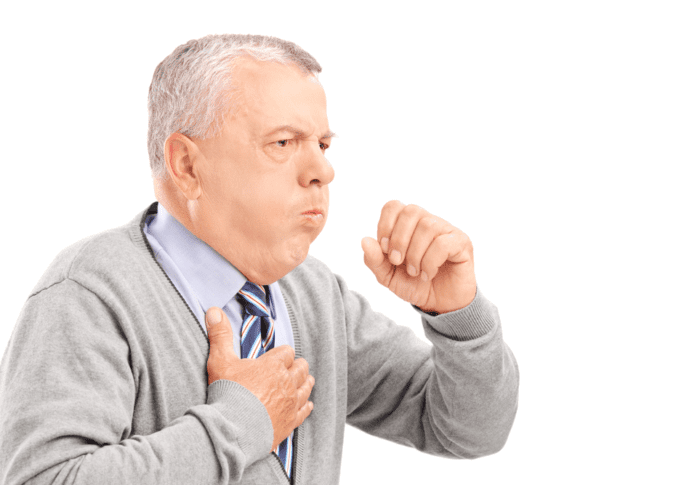

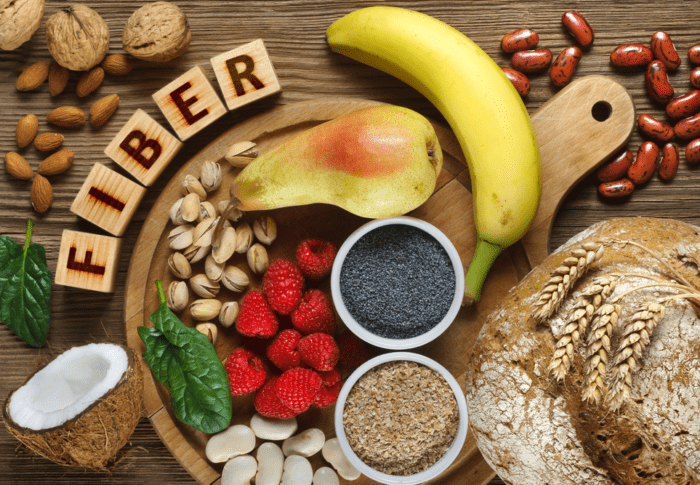
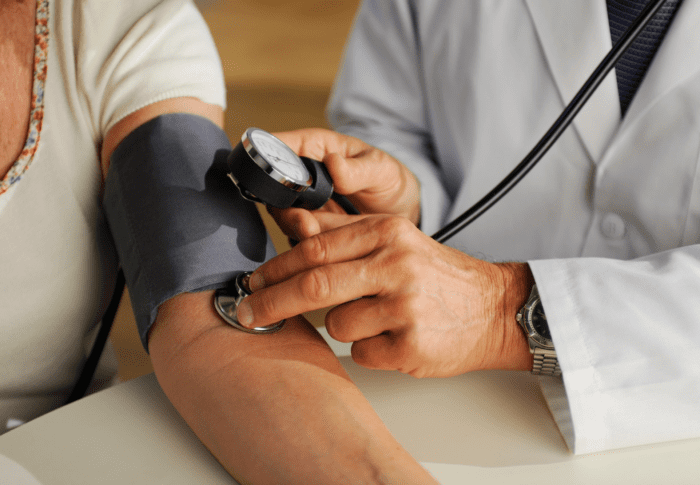
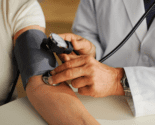
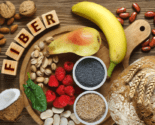
-
-
1 year
Tagged causes, dry cough, treatment